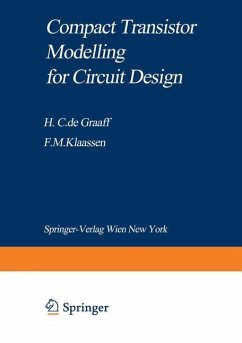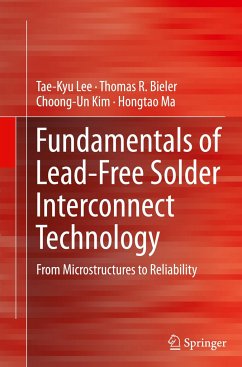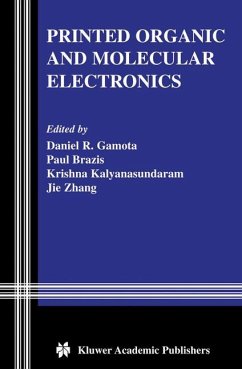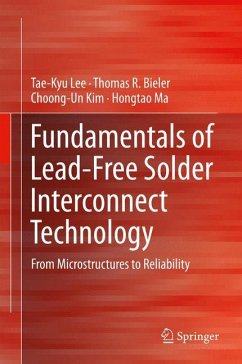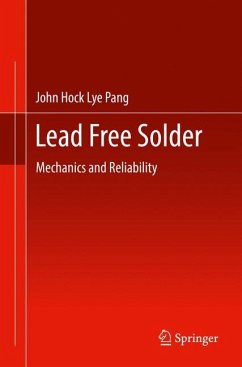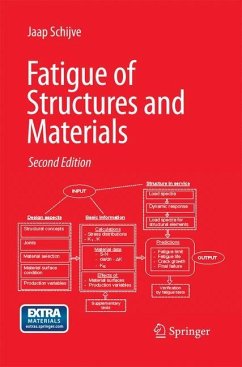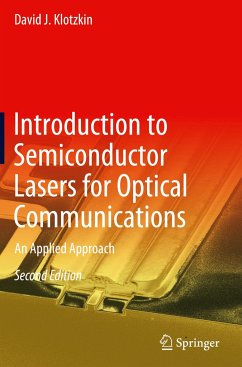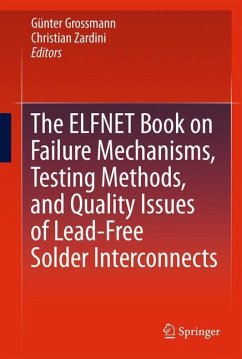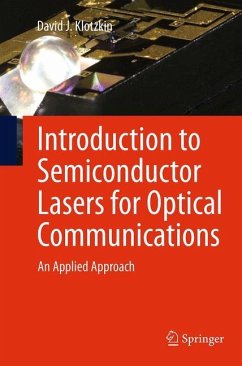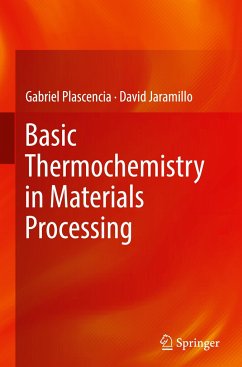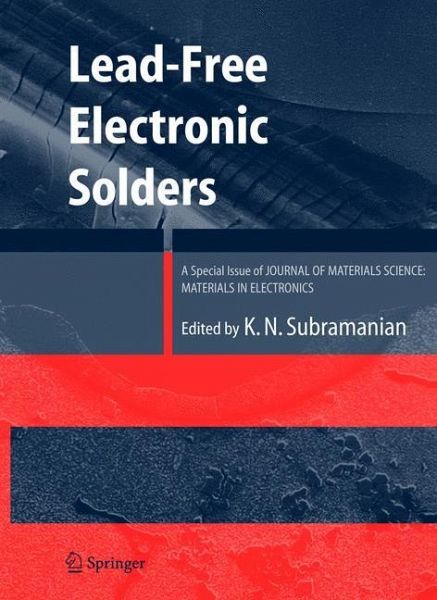
Lead-Free Electronic Solders
A Special Issue of the Journal of Materials Science: Materials in Electronics
Herausgegeben: Subramanian, KV

PAYBACK Punkte
76 °P sammeln!
In the last few decades the effect of lead contamination on human health has received significant attention. Based on such concerns elimination of lead from ceramic glaze, paint, plumbing etc. has been legislated and implemented. However, till recently, solders used in electronics, remained lead-based.The worldwide multi-facetted research efforts to arrive at suitable solutions, especially as the deadline for implementation of lead-free electronic solders approaches, have resulted in an exhaustive number of research papers in several reviewed scientific journals. Similarly there have been pres...
In the last few decades the effect of lead contamination on human health has received significant attention. Based on such concerns elimination of lead from ceramic glaze, paint, plumbing etc. has been legislated and implemented. However, till recently, solders used in electronics, remained lead-based.
The worldwide multi-facetted research efforts to arrive at suitable solutions, especially as the deadline for implementation of lead-free electronic solders approaches, have resulted in an exhaustive number of research papers in several reviewed scientific journals. Similarly there have been presentations in several national and international meetings of various technical societies. It is impossible for any researcher or student to be aware of all the materials that have been, and are being, published in these many different sources, so it becomes essential to have most of the relevant and currently available information presented in a single publication. With this goalin mind the important issues encountered in the lead-free electronic solder area were identified, and researchers recognized for their significant scientific contributions in those areas were invited to write articles on those topics. They were asked to address the importance of a given issue, the current status of understanding and available solutions, the problems that still need to be tackled and suggestions for potential approaches to do so.
The chapters are organized around the following subject areas: themodynamics and phase diagrams, solder developments, processing issues, mechanical property considerations, effects of thermal excursions (TMF), electromigraion, whisker growth, tin pest, and industrial perspectives (consumer electronics, and high-end high reliability applications).
This material originally appeared in a special issue of Journal of Materials Science: Materials in Electronics. Because this journal may not be a regular source of scientific information foracademic researchers in fields other than Materials Science and those in industry, and to provide wider awareness of the current status of lead-free electronic solders to those persons active in the area but who are not regular readers of the Journal, these articles are being reprinted in book form.
The worldwide multi-facetted research efforts to arrive at suitable solutions, especially as the deadline for implementation of lead-free electronic solders approaches, have resulted in an exhaustive number of research papers in several reviewed scientific journals. Similarly there have been presentations in several national and international meetings of various technical societies. It is impossible for any researcher or student to be aware of all the materials that have been, and are being, published in these many different sources, so it becomes essential to have most of the relevant and currently available information presented in a single publication. With this goalin mind the important issues encountered in the lead-free electronic solder area were identified, and researchers recognized for their significant scientific contributions in those areas were invited to write articles on those topics. They were asked to address the importance of a given issue, the current status of understanding and available solutions, the problems that still need to be tackled and suggestions for potential approaches to do so.
The chapters are organized around the following subject areas: themodynamics and phase diagrams, solder developments, processing issues, mechanical property considerations, effects of thermal excursions (TMF), electromigraion, whisker growth, tin pest, and industrial perspectives (consumer electronics, and high-end high reliability applications).
This material originally appeared in a special issue of Journal of Materials Science: Materials in Electronics. Because this journal may not be a regular source of scientific information foracademic researchers in fields other than Materials Science and those in industry, and to provide wider awareness of the current status of lead-free electronic solders to those persons active in the area but who are not regular readers of the Journal, these articles are being reprinted in book form.





